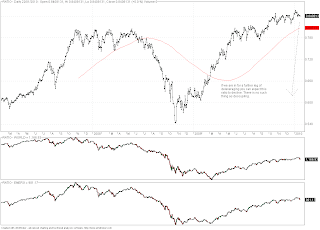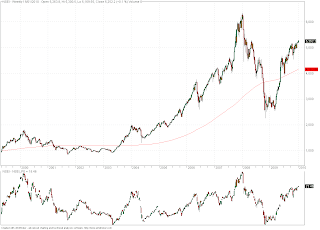Here's how I see it. China's largest trading partner is the Euro Zone and we all know what has been happening with the Euro recently. After the massive depreciation of the Euro against the USD, Chinese goods have become a lot more expensive in the Eurozone due to the Renminbi dollar peg. So, what do you think is likely to happen to the Yuan/Renminbi medium-term? My guess is that the Chinese are not going to do the world a favour. They see their economy is about to hit the skids, which means more USD strength so more Yuan strength, if they maintain the peg. Why do they want a stronger currency? It is highly unlikely that they would allow their currency to float other then if they thought that it would weaken over time and that they could restore their position as the worlds producer of cheap goods.
Don't be fooled, a float of the Renminbi is a signal that things are about to get worse, not better, as the popular press are suggesting (and Goldmans of course). Go carefully.
For your reference here is the Jim O'Neill video.
And although I am no fan of the World Bank, here is a story referring to them, from the Telegraph.








